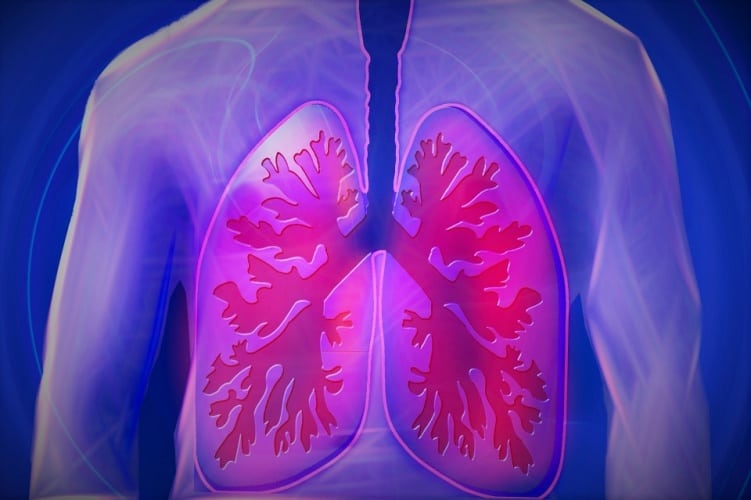Smart shirt measures lung function to monitor COPD
People living with COPD could soon wear a ‘smart shirt’ that measures lung function by sensing movements in the chest and abdomen, allowing doctors to monitor patients remotely.

The smart shirt has proved to be accurate when compared to traditional testing equipment, according to research presented at the European Respiratory Society International Congress.
Researchers have used the smart shirts and a mobile app to measure breathing in healthy people as they go about everyday activities. They now plan to test the garment with patients with COPD (chronic obstructive pulmonary disease) with doctors monitoring for early signs that their condition is getting worse.
Funding boost for medical wearable that continuously monitors COPD
Advanced technology poised to help millions of COPD sufferers
The research was presented by Denise Mannée, a technical physician and PhD candidate at Radboud University Medical Centre in The Netherlands.
"COPD is a growing problem with around 64 million people suffering with the condition worldwide,” said Mannée. “When patients suffer an increase in their symptoms, such as coughing and breathlessness, they need to be monitored more closely. Symptoms first occur during daily activities like climbing stairs and housework, but respiration is hard to monitor in such conditions. This is traditionally done in the clinic with equipment such as an exercise bike, facemask and computer. The equipment is not very practical for measuring everyday activity.
Register now to continue reading
Thanks for visiting The Engineer. You’ve now reached your monthly limit of news stories. Register for free to unlock unlimited access to all of our news coverage, as well as premium content including opinion, in-depth features and special reports.
Benefits of registering
-
In-depth insights and coverage of key emerging trends
-
Unrestricted access to special reports throughout the year
-
Daily technology news delivered straight to your inbox










Water Sector Talent Exodus Could Cripple The Sector
Well let´s do a little experiment. My last (10.4.25) half-yearly water/waste water bill from Severn Trent was £98.29. How much does not-for-profit Dŵr...